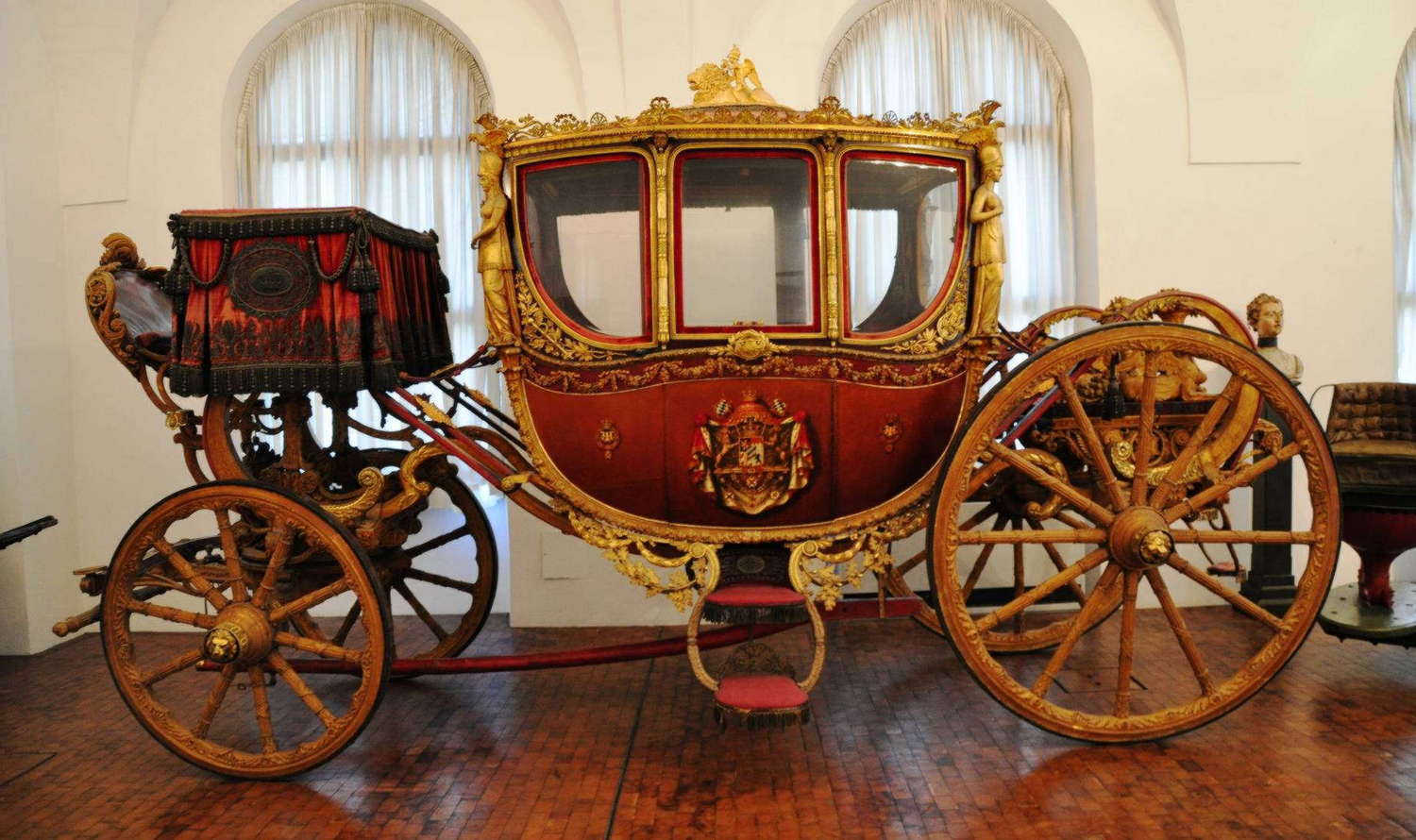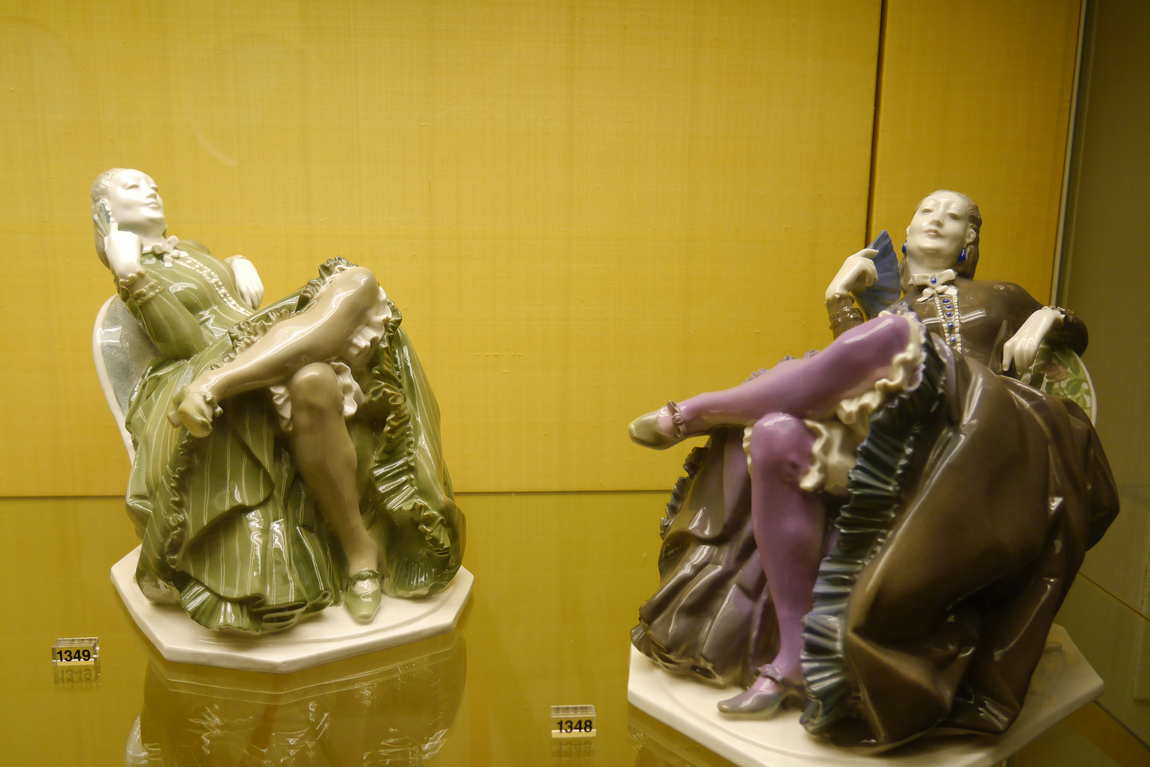Nymphenburg Palace in Munich is not only interesting for its royal rooms. There are several other museums on its vast grounds, including the Carriage Museum and the Porcelain Museum. These are relatively small and easy to explore with a child. Be sure to show the children the porcelain masterpieces on a tour, as this will teach them about art and develop their taste. The royal carriages are also worth a look — if your child has only seen a carriage in a Cinderella picture, they'll be amazed.
The Porcelain Museum tells the story of how Europe finally unlocked the secrets of this noble material, as until the 18th century porcelain was imported from China. Thanks to the efforts of Bavarian porcelain masters led by the Italian Francesco Bustelli, a collection of 150 figurines was created, including characters from the Italian comedy of masks "del arte".
These figures are characterised by refinement and harmony, and the detail of their costumes is truly unique. The museum also has works by another famous artist, Dominikus Aulicheck, who made the "Pearl" service for Charles Theodore, Elector of Bavaria.
The high quality of Nymphenburg porcelain allowed for intricate painting, including copies of famous paintings. In total, the Nymphenburg collection comprises around a thousand pieces, many of which belonged to the royal family. The Nymphenburg porcelain factory is still in operation and produces collectible porcelain by hand.
The south wing of the palace houses an exhibition of carriages used by the Wittelsbach dynasty. The wooden carriages are decorated with unimaginable imagination: fancy carvings, sculptures, gilding, expensive fabric and leather upholstery, paintings on the walls and family coats of arms.
They are works of art. Even the wheels — seemingly just a functional detail — are lavishly decorated. However, you may be surprised not only by their decoration, but also by their size; some wheels are almost as tall as a man. No wonder, as there were no roads, so there was no other way to get around in the mud.
The cumbersome carriages were also very heavy, so they had to be drawn not by a few horses but by four or even six. Eight horses in a closed carriage can also be seen in the museum. When contemporaries saw such a carriage, they would kneel down because they knew it was a royal one. The collection also includes carriages, coaches, harnesses and decorations for the horses.
Visits to these museums can be combined with excursions to other Nymphenburg sights (e.g. the Museum of Man and Nature) by purchasing a combined ticket.






.JPG)








